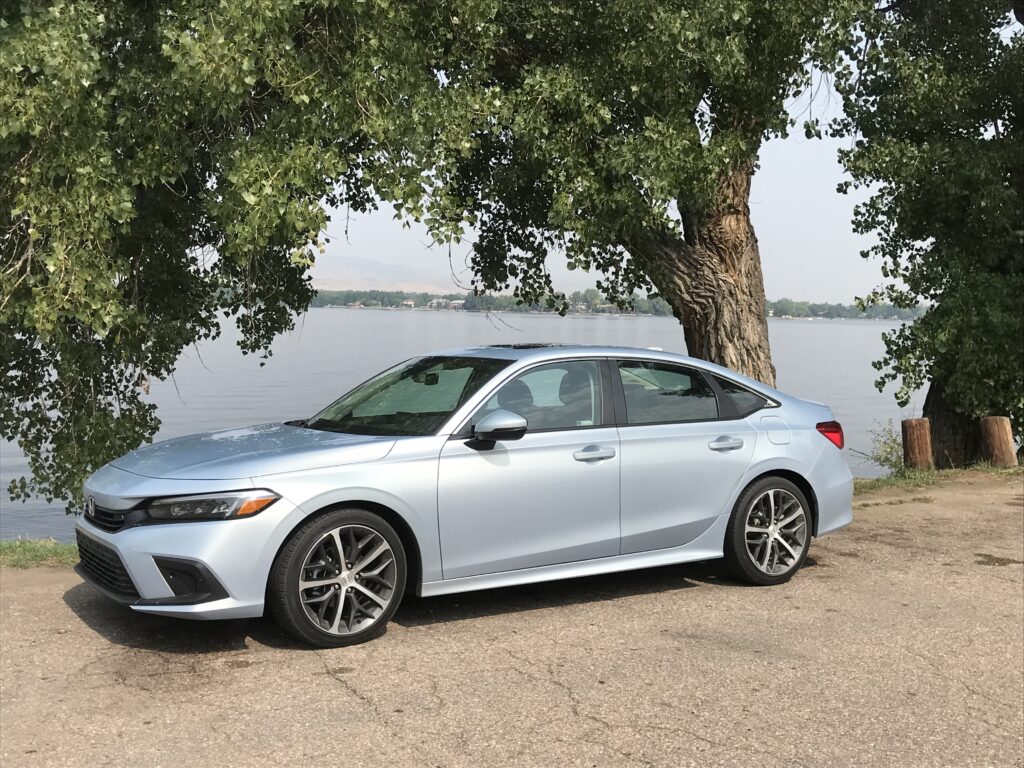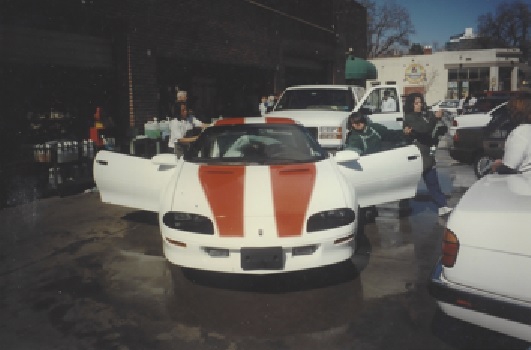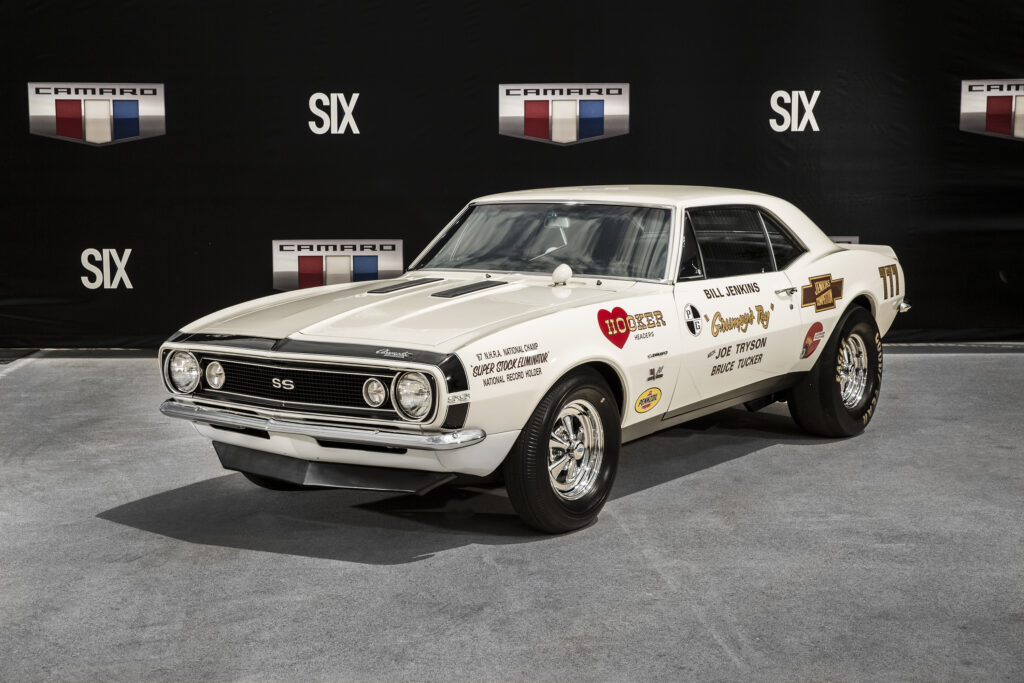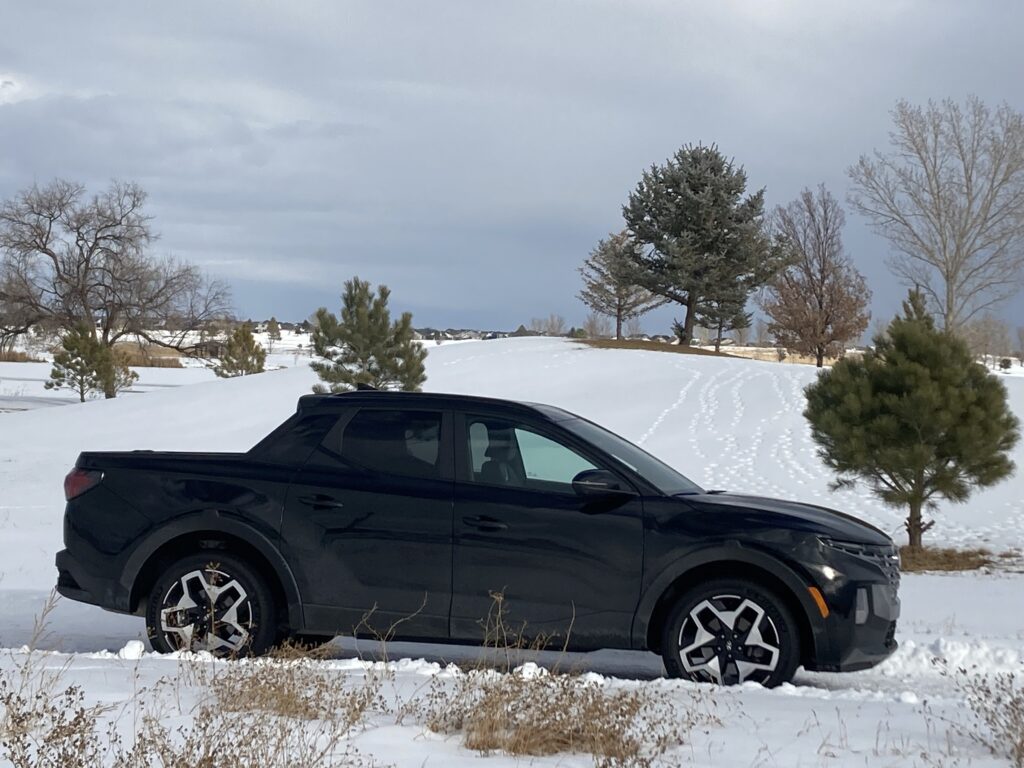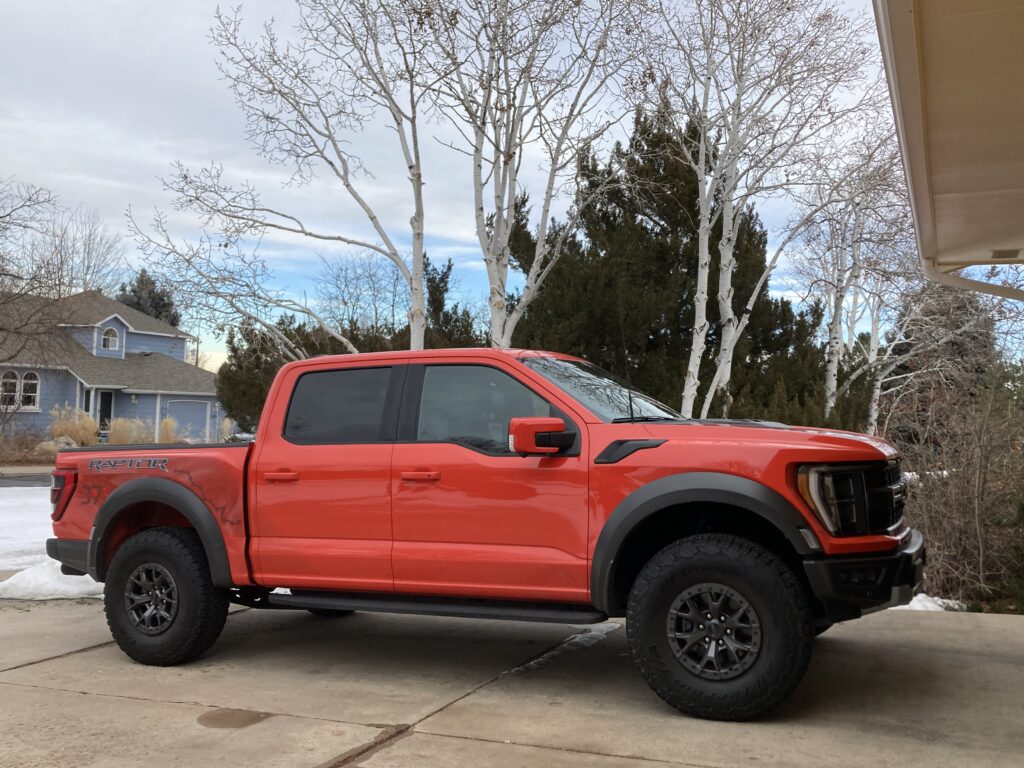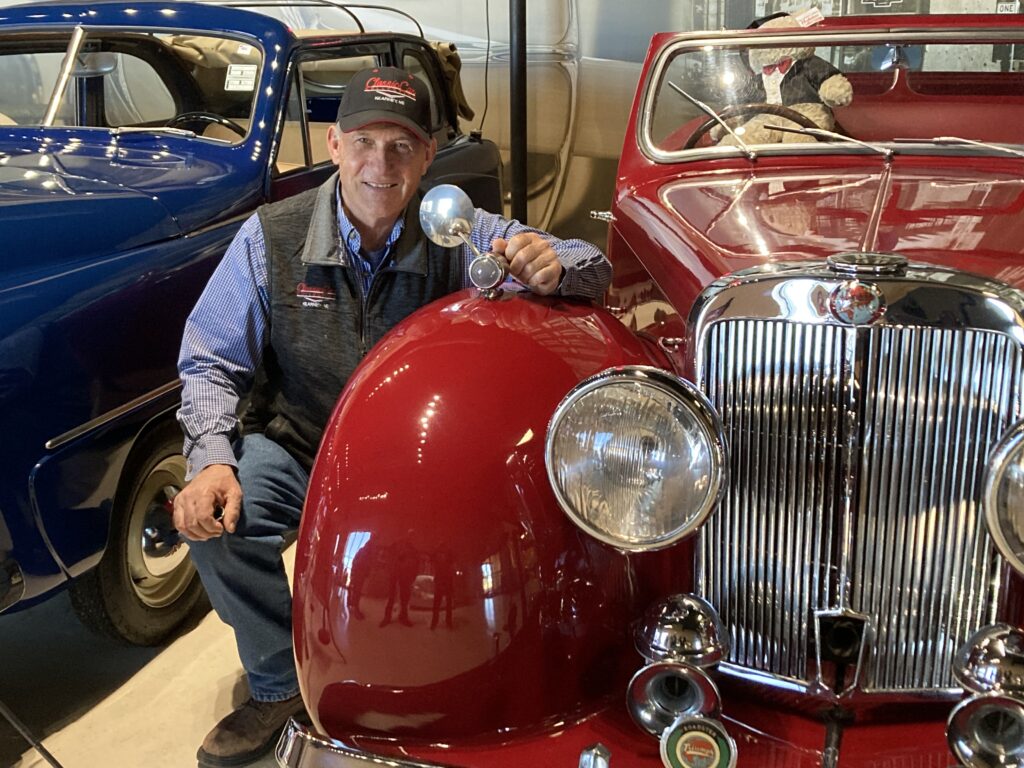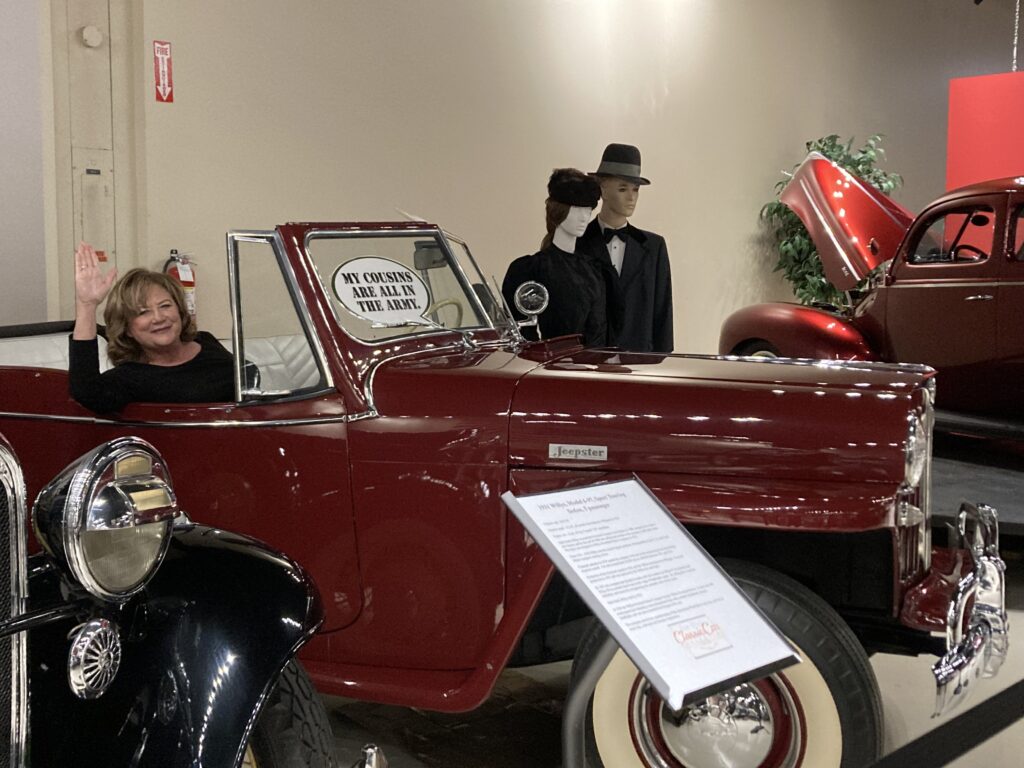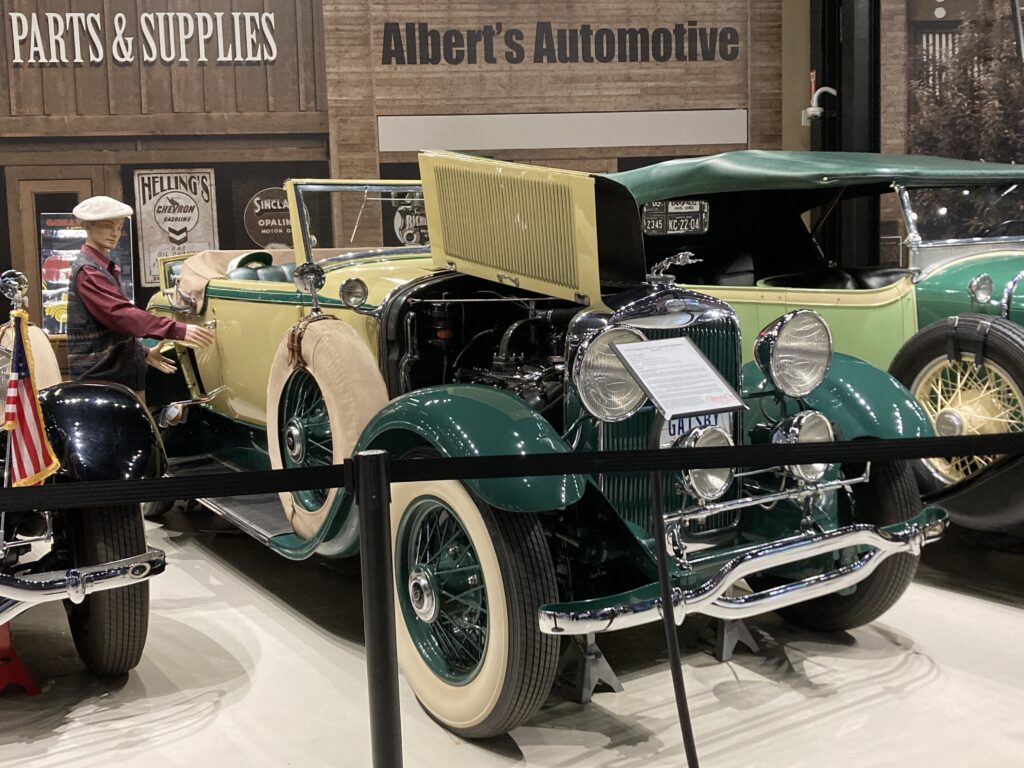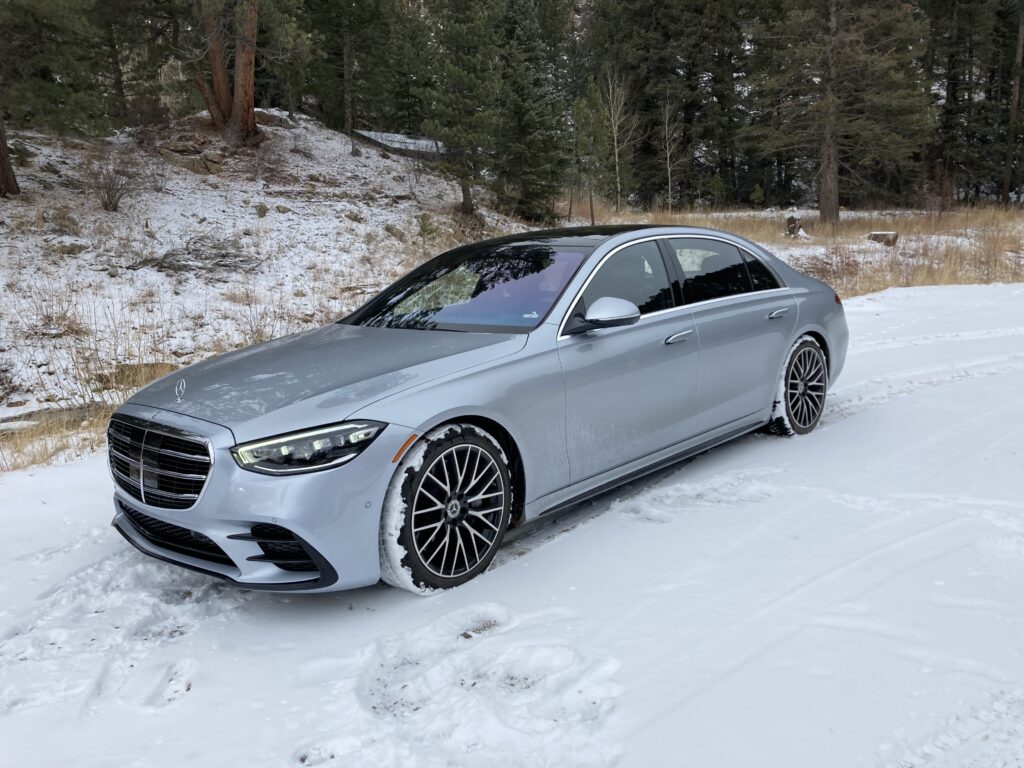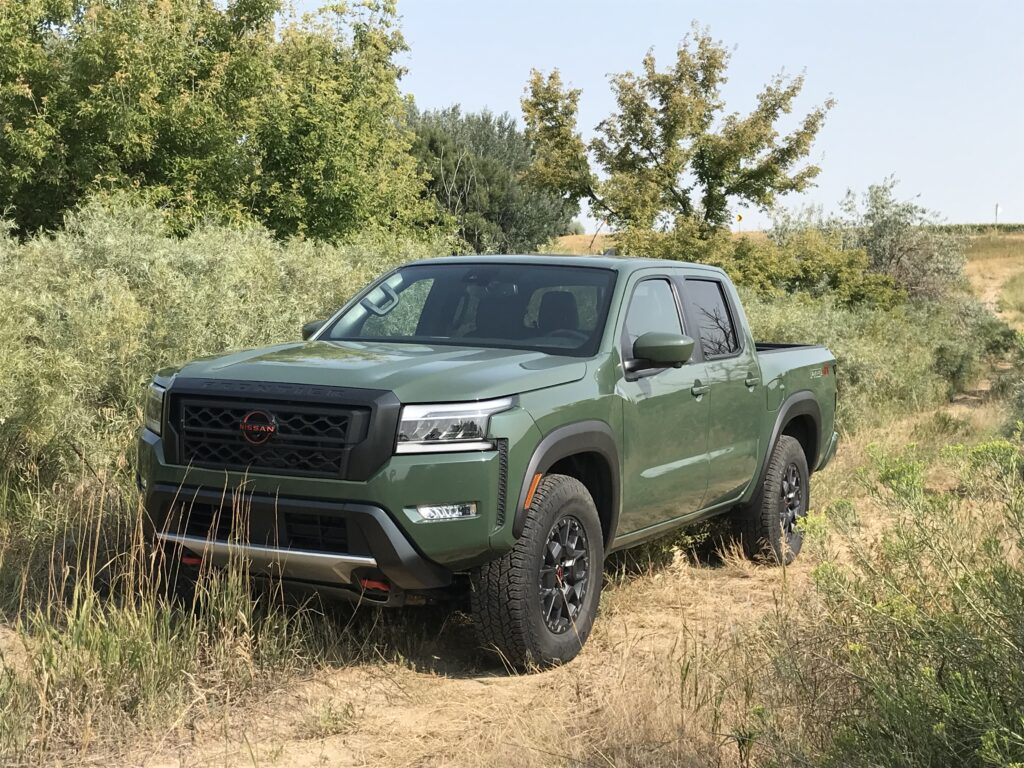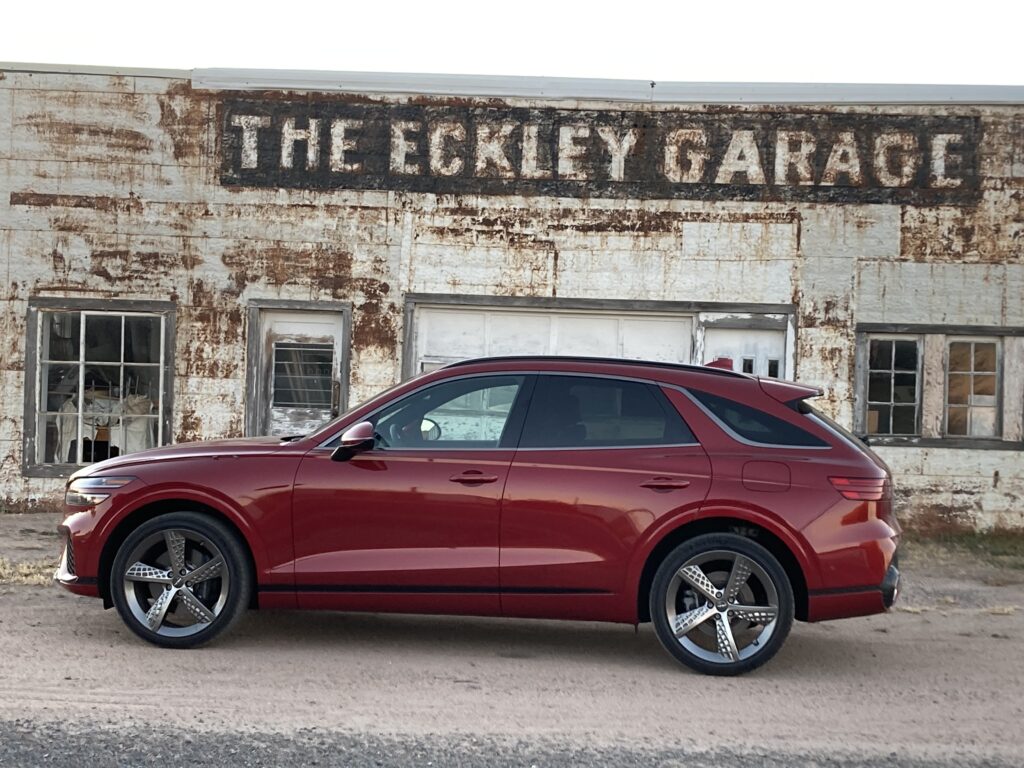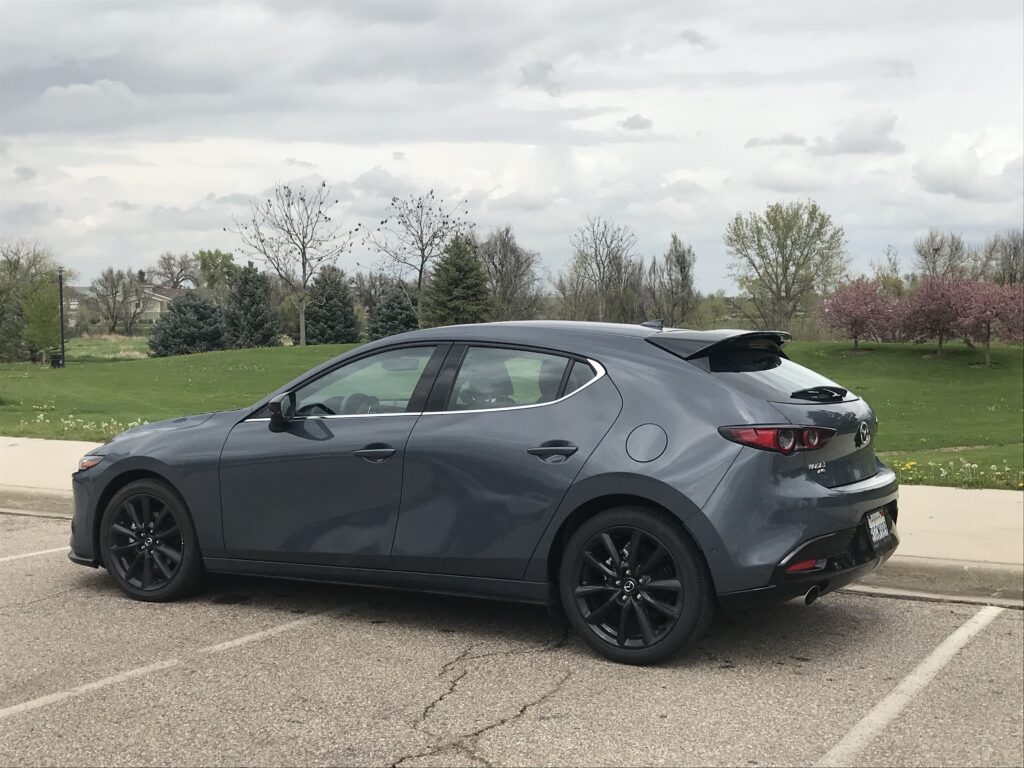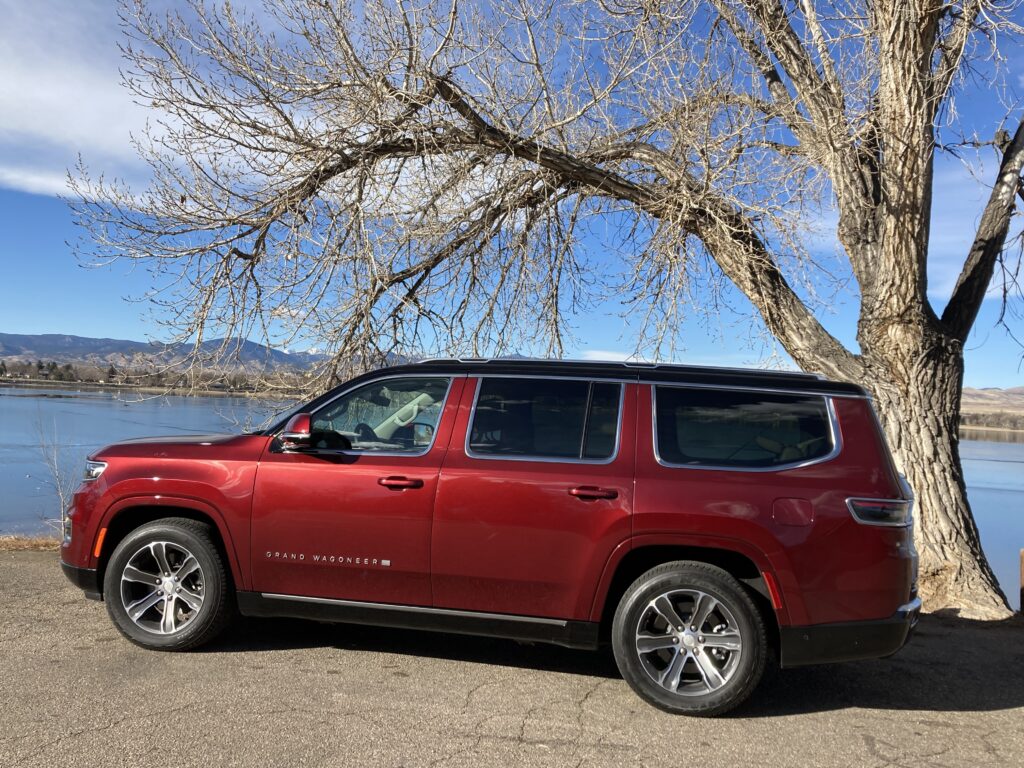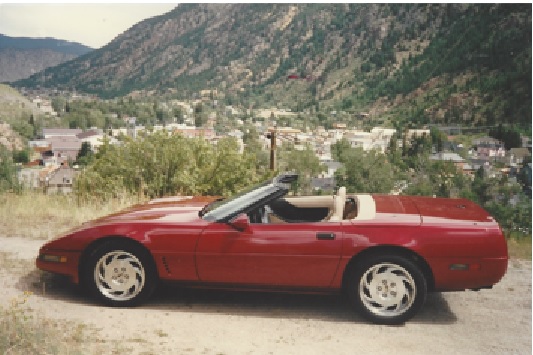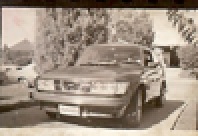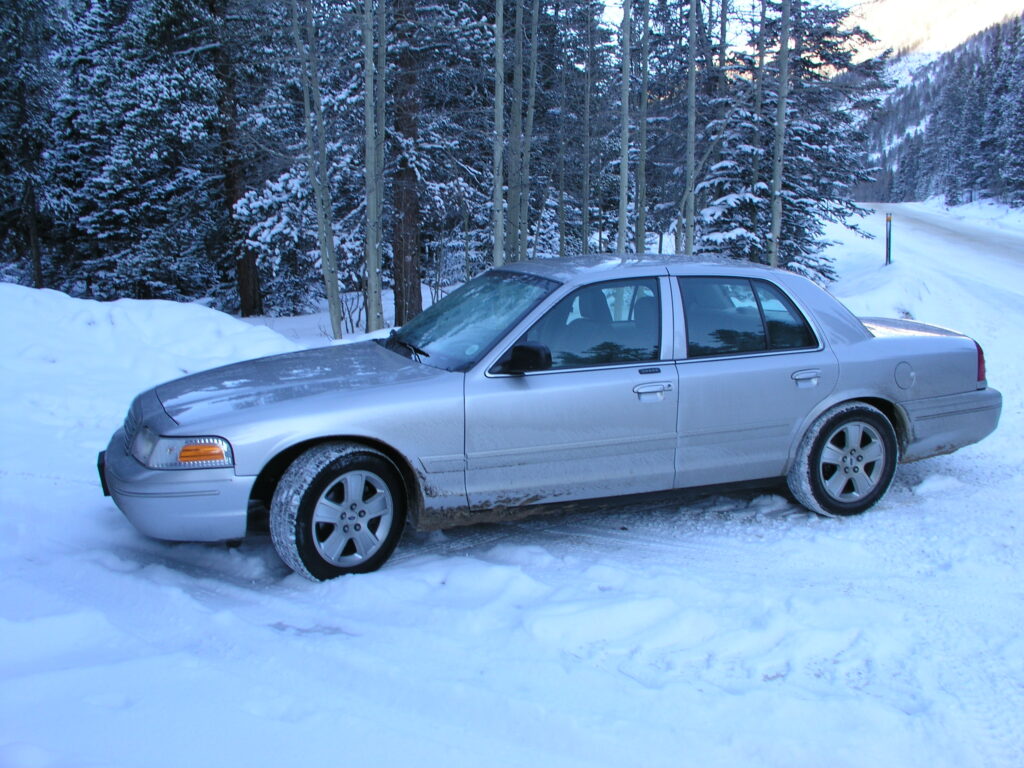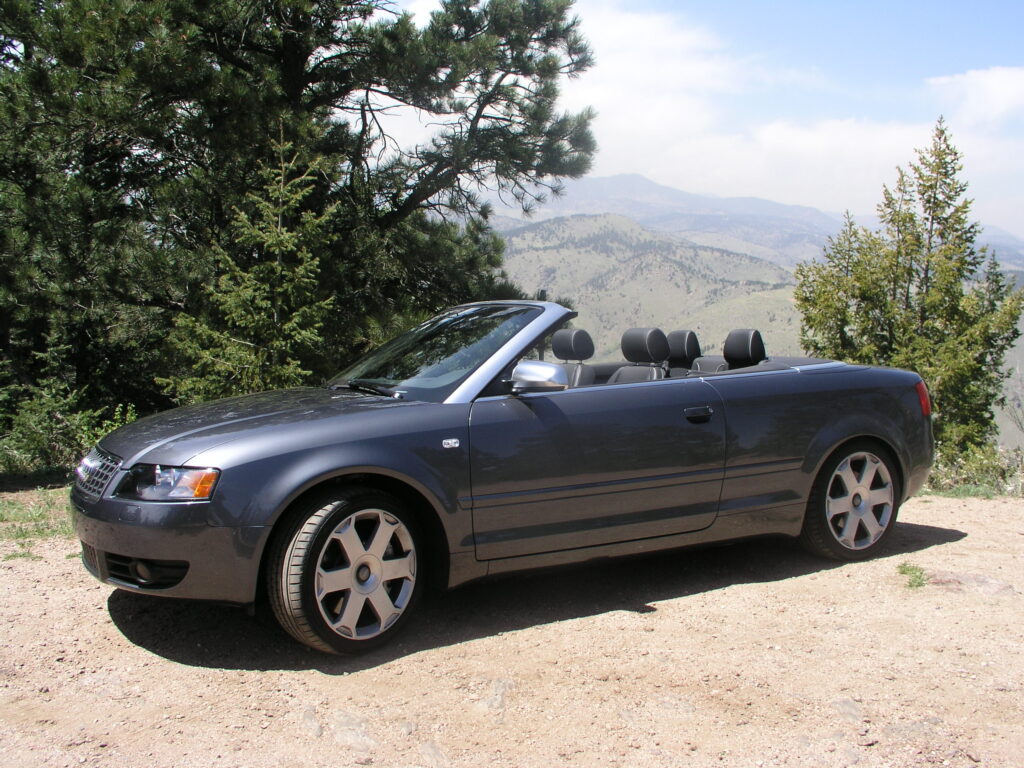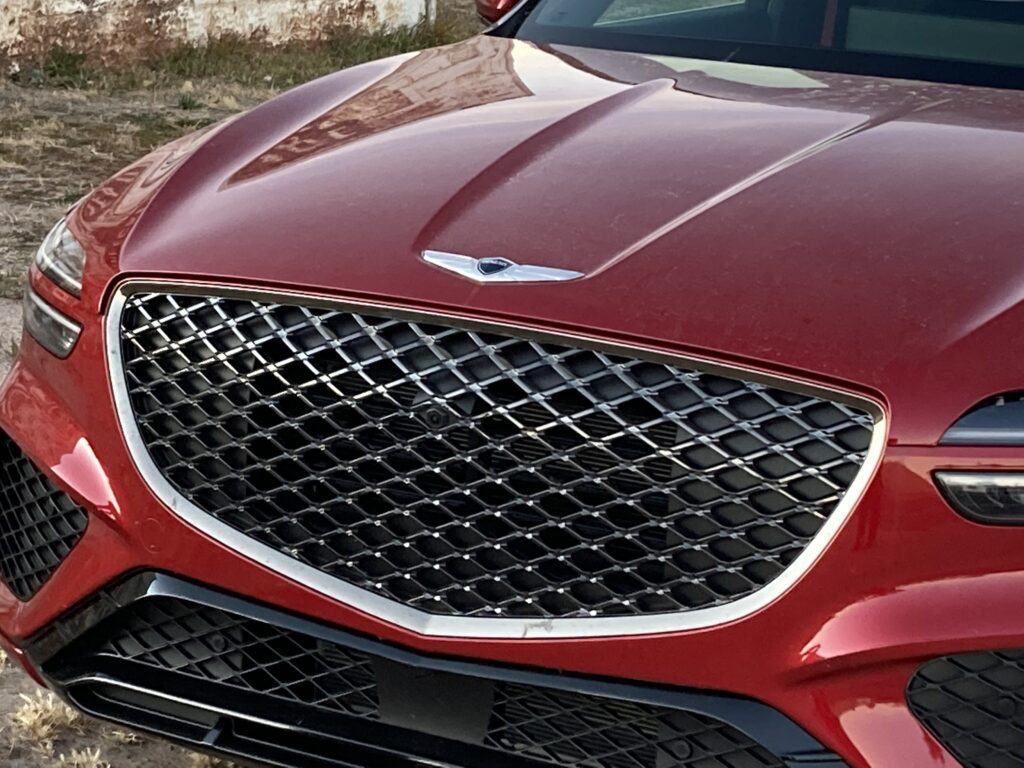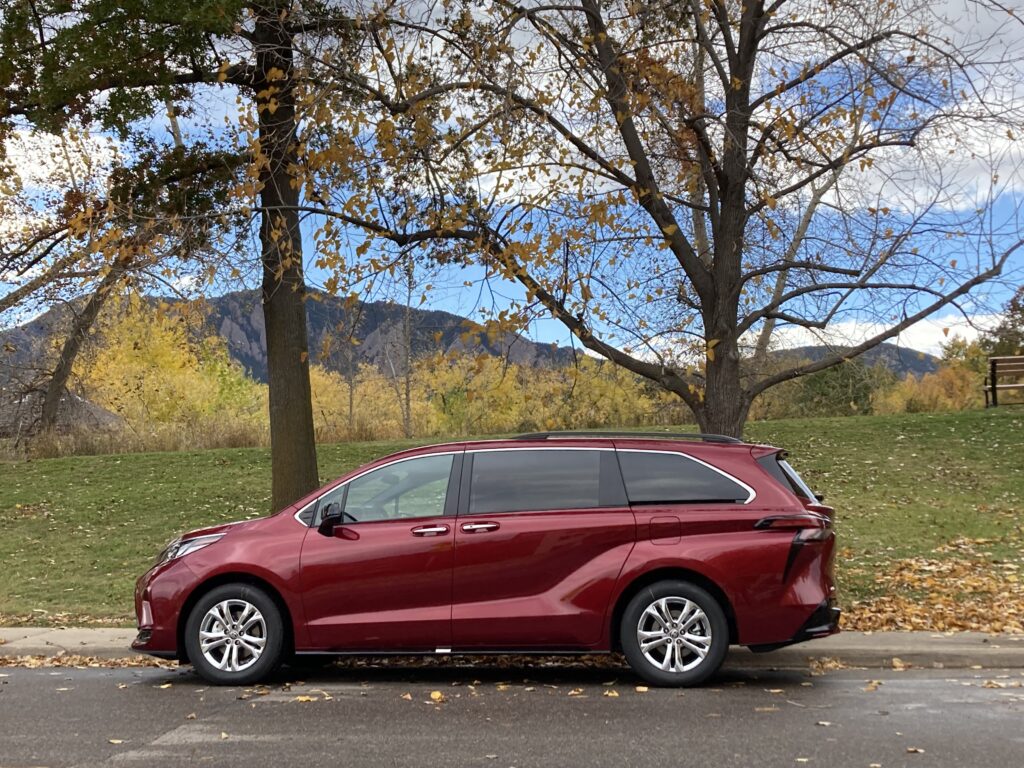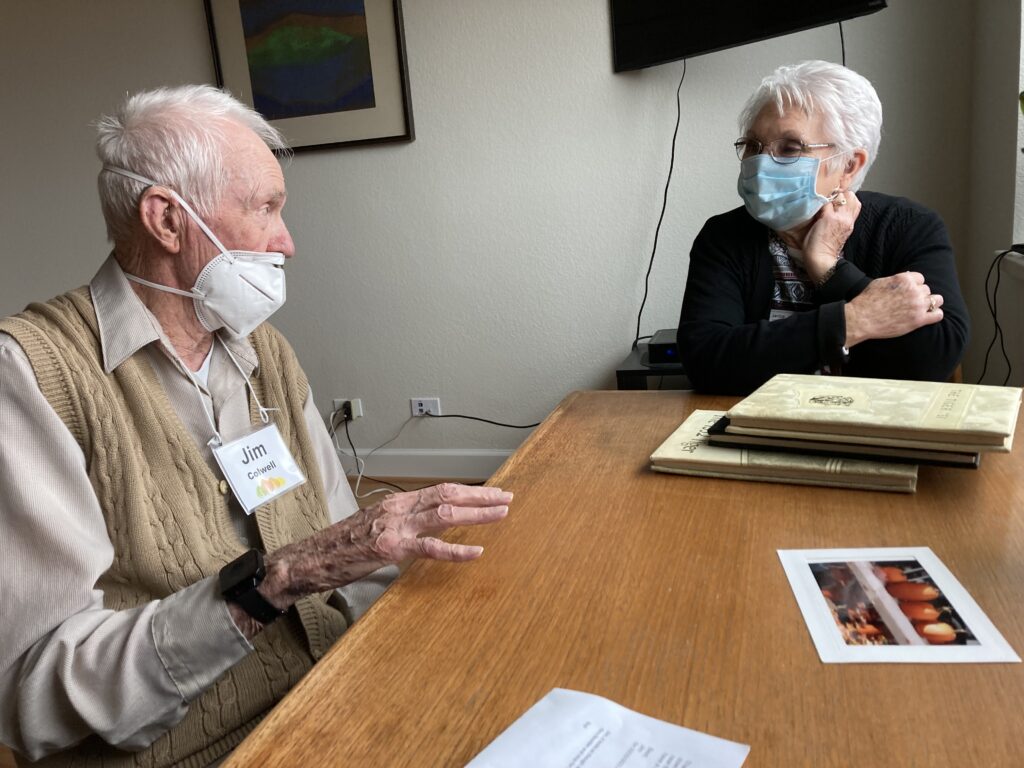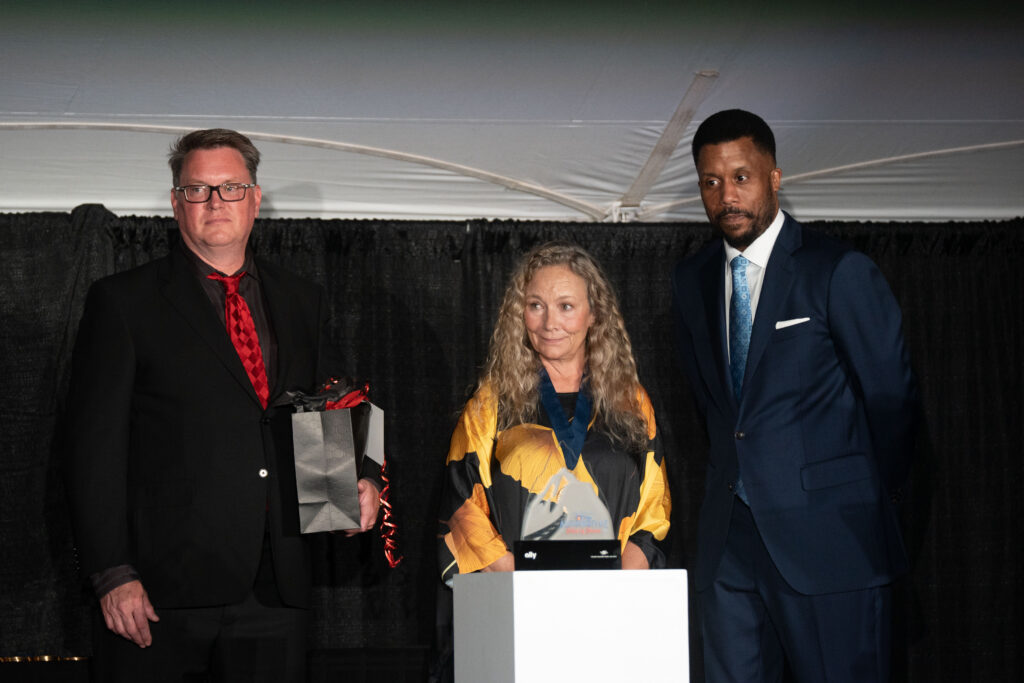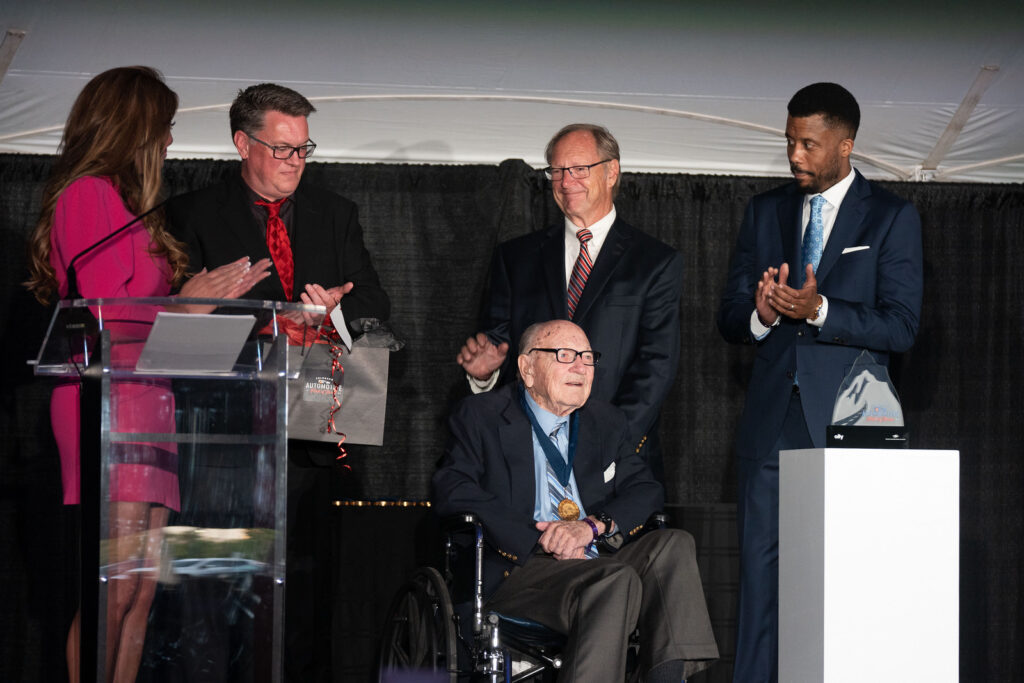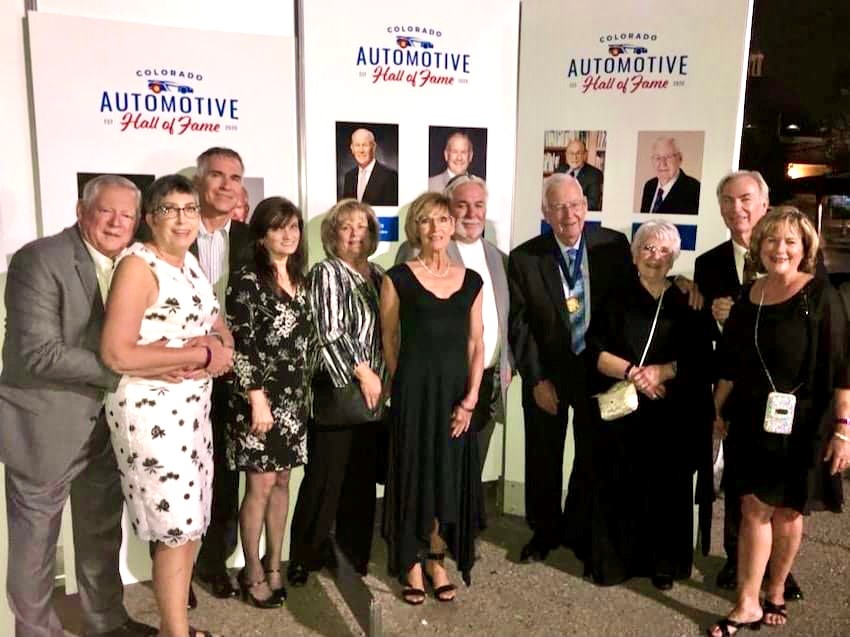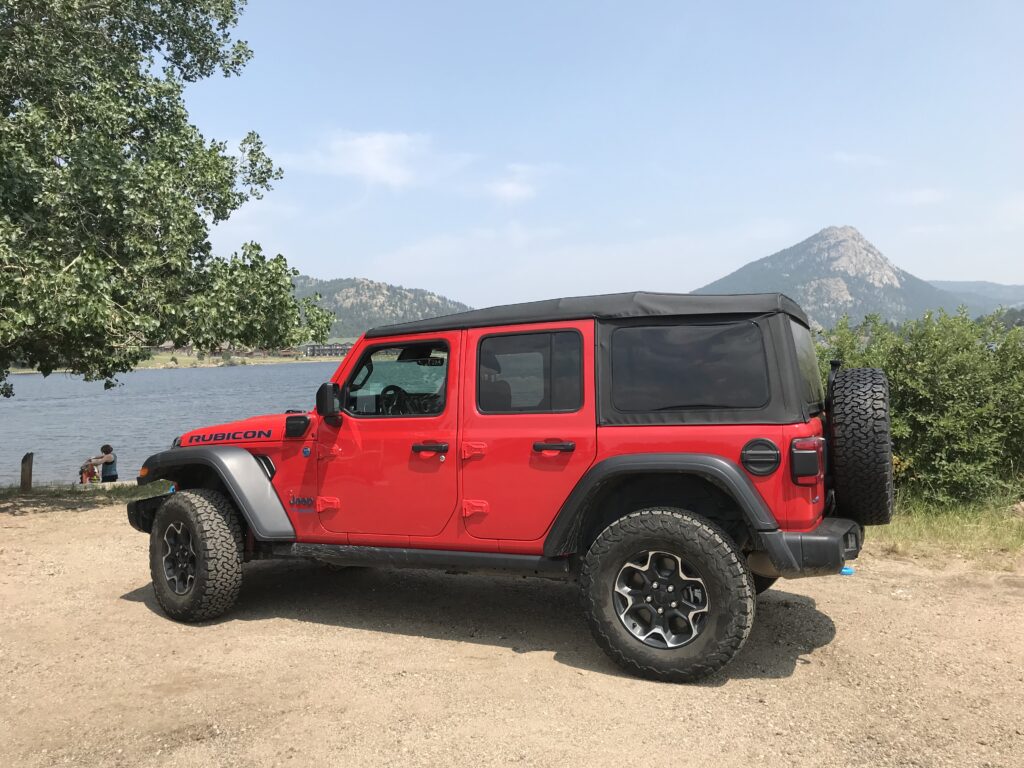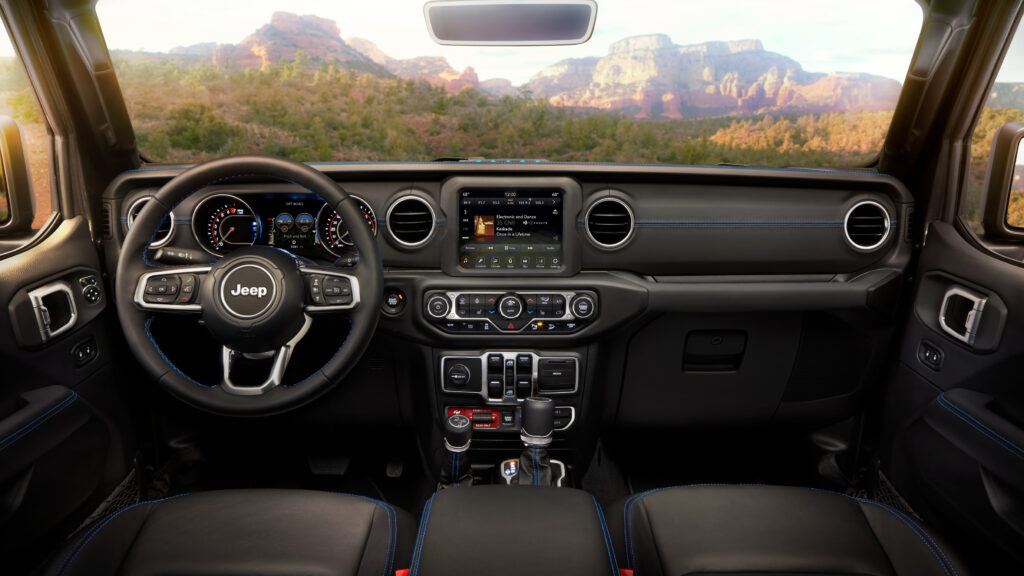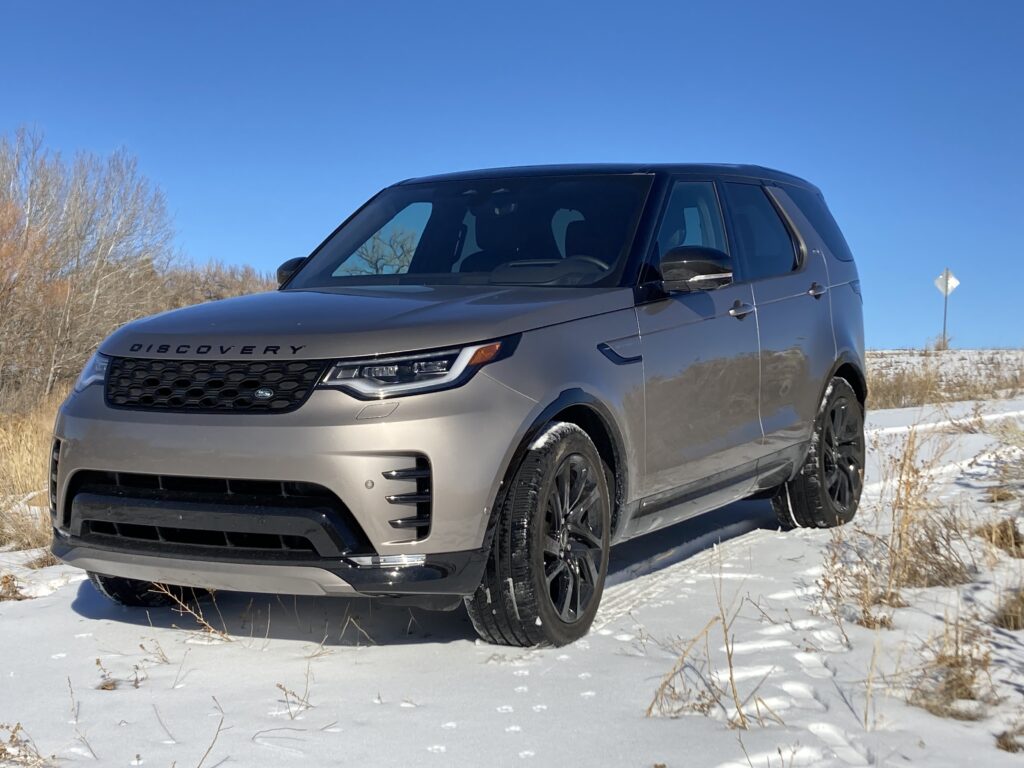
Fortunate we were to be in possession of a 2021 Land Rover Discovery during one of our earlier January 2022 snowstorms. The Discovery R Dynamic S midsize model got around with no slipping in fairly deep snow and across icy intersections.
Released by the Colorado Automobile Dealers Association are sales in this state in 2021 by the various car makes, compared with totals from the previous year. Sales totals are of lesser significance, as far as comparison purposes are concerned, due to the Covid pandemic and chip shortages of both 2020 and ’21.
Land Rover’s sales in Colorado increased by 232 units in 2021; that ranked 20th of 35 various makes. The British company makes no pretense about sales races – it builds a limited number of special offroad vehicles designed for when the going gets tough. Enough said.
Registration of new cars and trucks in Colorado for 2021 totaled 242,936, a 10 percent increase over the 220,921 in the year 2020.
Honda increased sales by 3,383 to edge Toyota’s gain of 3,335 and Tesla’s 3,009 for biggest jump by individual make. Others of the top 10 in numbers gains are Kia 2,693, BMW 1,745, Hyundai 1,407, GMC 1,257, Mazda 1,216, Lexus 713 and Volvo 669.
Among sales losses, Dodge took the biggest fall, 947 units; that result is no surprise after company decision was made to stop production of the Grand Caravan, the greatest-selling minivan of all time. Next in sales drops were Nissan with 469, Subaru with 435 and Infiniti with 317.
Range Rover, Range Rover Sport and Defender are sales leaders for the Land Rover marque. Two sizes of the Discovery model are built, dividing sales between the midsizer we drove and a smaller compact, the Land Rover Discovery Sport.
The larger Discovery R Dynamic is distinguished by a black contrast roof, electric third-row seats and a 355-horsepower, 3.0-liter inline 6-cylinder engine in place of the standard 2.0-liter, 4-cylinder of 296-hp.
The powerful 6 is mated to an 8-speed automatic transmission with all-wheel drive and Terrain Response for selectable driving and offroad modes.
The Dynamic package also adds 21-inch split-spoke wheels, ebony-grained leather seats and Meridian surround sound.
The Discovery standard is 14 inches longer in overall length than the Discovery Sport and shows curb weight of 5,140 pounds, considerably heavier than the Sport’s 4,035 pounds.
The price of the Land Rover Discovery R Dynamic S climbed from a base of $63,250 to sticker of $73,255 with the addition of heated steering wheel, heated electric memory front seats, head-up display, tow-hitch receiver and premium headlights. The Discovery is built in Nitra, Slovakia.
The Land Rover name was created in 1948 by the Rover Co. The Range Rover was introduced in 1970 and the company became a British Leyland subsidiary in 1978.
